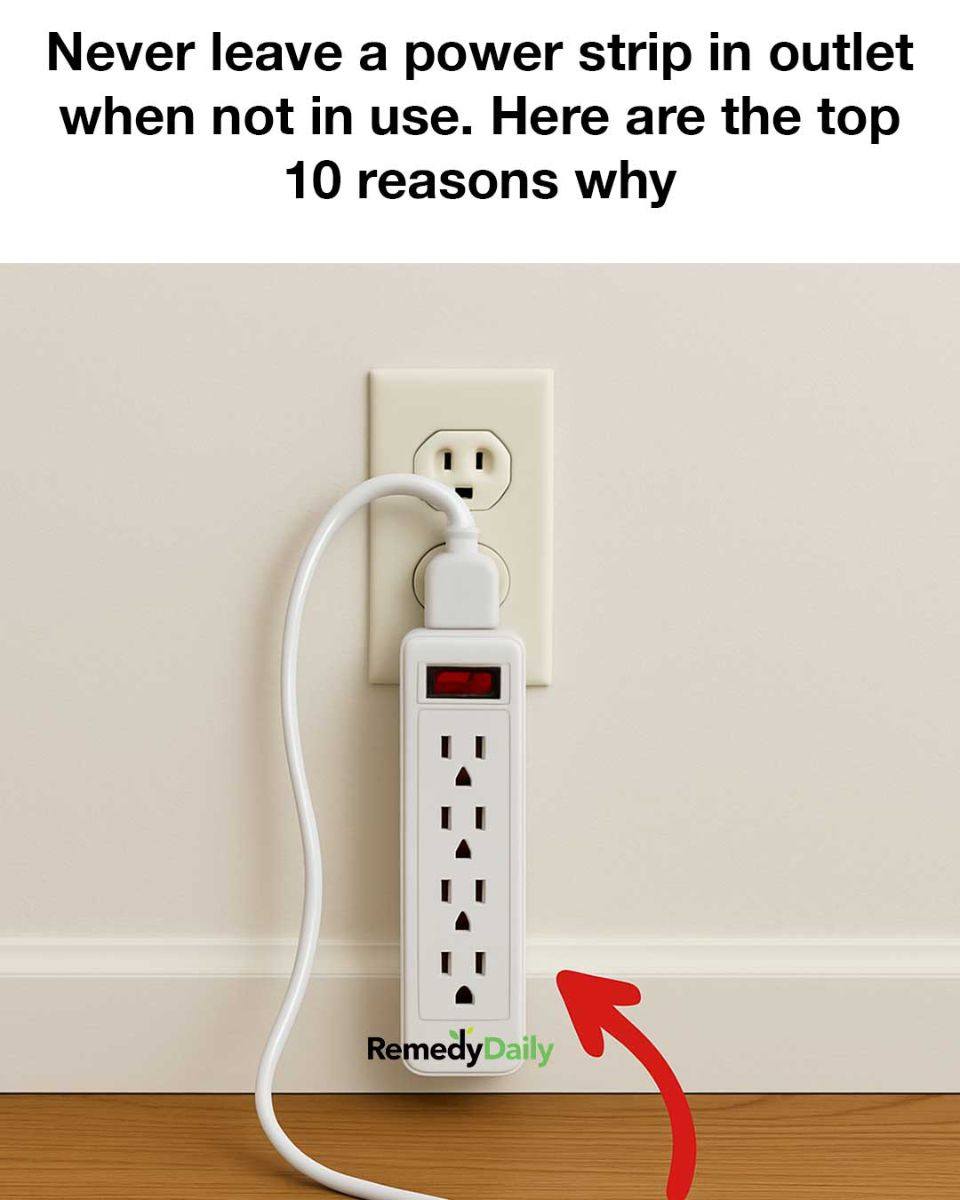ADVERTISEMENT
nd Devices
The more time a power strip spends plugged into an outlet, the more stress it places on both the power strip and any devices connected to it. Constant flow of electricity can cause degradation of both your devices and the power strip itself.
- Why it happens: Leaving a power strip plugged in can result in the gradual wearing out of the internal components, shortening both the lifespan of your devices and the power strip.
8. Hassle of Finding and Fixing Faulty Connections
Over time, the more devices you plug into a power strip, the higher the risk of a faulty connection. A worn-out or overloaded power strip may have issues that cause sparking or disconnects.
- The result: By not unplugging the power strip when not in use, you increase the chances of a malfunction that could go unnoticed until it’s too late.
9. Negative Impact on the Environment
Wasting energy when you don’t need it contributes to unnecessary carbon emissions and energy depletion, which is bad for the environment. Every time your power strip uses phantom power, you’re indirectly contributing to the depletion of resources.
- Why it matters: The more electricity you consume unnecessarily, the greater your carbon footprint becomes, impacting climate change.
10. Saves You Money!
Perhaps the most immediate benefit of unplugging power strips when not in use is the money you’ll save. By stopping phantom power and reducing the risk of accidents, you’ll lower your electricity bill and avoid spending money on repairing or replacing damaged power strips or devices.
- How it adds up: Though one power strip might not consume a lot of electricity on its own, over time, all the phantom power you save by unplugging power strips can lead to significant savings.
🔌 Simple Habits to Stay Safe and Save
It’s easy to make small adjustments in your daily routine to avoid these risks:
- Unplug power strips when they’re not in use, especially if they’re not powering essential items.
- Use power strips with built-in surge protection for extra peace of mind.
- Organize your cords and devices so that you only plug in what you need at the moment.
- Switch off the main power switch on power strips when they’re not in use for extended periods.
🧑🔧 Final Thoughts
While power strips are incredibly useful, leaving them plugged in when not in use can lead to unnecessary energy waste, safety hazards, and increased costs. By making the simple habit of unplugging your power strips when not in use, you can keep your home safer, reduce your energy consumption, and save money on your electricity bill.
It’s a small change with big benefits, so next time you’re done using a power strip, make sure to unplug it—your wallet (and the planet) will thank you!
Need more energy-saving tips or safety advice? Feel free to reach out!
